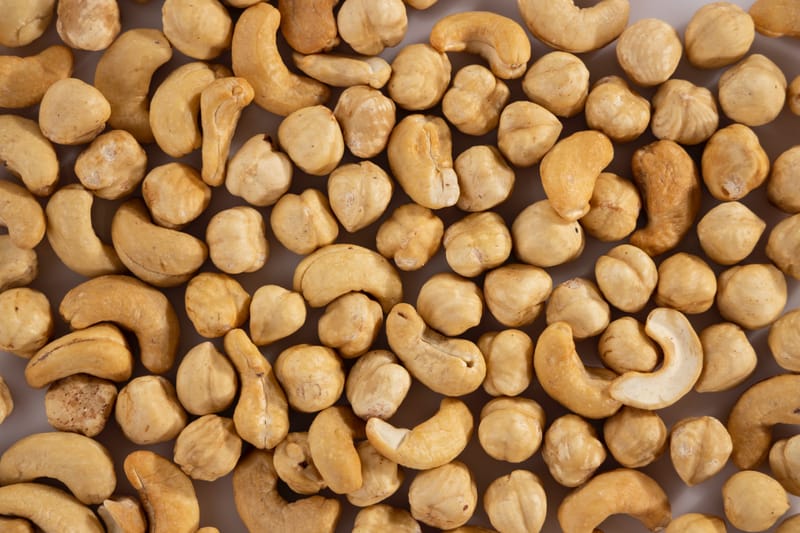PROTEINS

Protein is an important part of a healthy diet. Proteins are made up of chemical 'building blocks' called amino acids. Your body uses amino acids to build and repair muscles and bones and to make hormones and enzymes. They can also be used as an energy source.
Estimates of minimum protein needs are difficult to make because of the factors involved: the age and size of a person, the protein quality or essential amino acid" balance of a food, and the digestibility of the food. Animal protein foods have a better protein quality and digestibility than do most plant protein sources. Therefore, recommendations for minimum protein needs will differ, depending on whether the protein comes from an animal source such as milk, meat, and eggs or from a plant source such as wheat, corn, and legumes.
Proteins were divided into three groups:
1. Complete proteins: These proteins contain all the essential amino acids in sufficient amounts and support growth in young animals. Foods containing complete proteins include meat, milk, eggs, poultry, and fish. Soybeans are often included in this group even though they do not support growth in young animals quite as well as the other sources of complete proteins.
2. Partially complete proteins: These contain all the essential amino acids, but one or more of them are present in low amounts. These amino acids are said to be limiting. Although they are an adequate source of protein for adult animals, these proteins do not enable young animals to grow as well as they should. Foods containing partially complete proteins are all the cereal grains (including wheat, rice, corn, oats, and barley); legumes such as dried beans, peas, and lentils, with the exception of soybeans; and nuts and seeds.
3. In complete proteins: These proteins are lacking in an essential amino acid and are unable to support the maintenance of animal weight if used as the only source of protein. Gelatin is a protein in this category. These groups have many gradations. For example, rice has a better quality of protein than corn, and egg has a better protein quality than meat. Vegetables vary in protein quality from incomplete to nearly complete. Generally, the total quantity of protein in most vegetables is low, so they are not usually considered important sources of dietary protein in the Western diet. When the quantity of vegetables eaten provides a large percentage of the daily energy needs, they may make a substantial contribution to the total protein in the diet.
Fruits contain less protein than do vegetables and have an incomplete protein quality, so they are not considered protein sources. Supplementation of proteins is an important principle for improving protein quality in the diet and should be practiced to make the best possible use of available protein.
Supplementation (also called complementation) is the combining of proteins from different foods to improve protein quality. For example, the limiting amino acid in corn is lysine, whereas in beans the limiting amino acid is methionine. If corn and beans are eaten in the same meal, the beans will supply lysine to improve the protein quality of the corn, and the corn will supply methionine to improve the protein quality of the beans. If these two foods are eaten at the same meal instead of at different times, a better quality protein will be provided.
